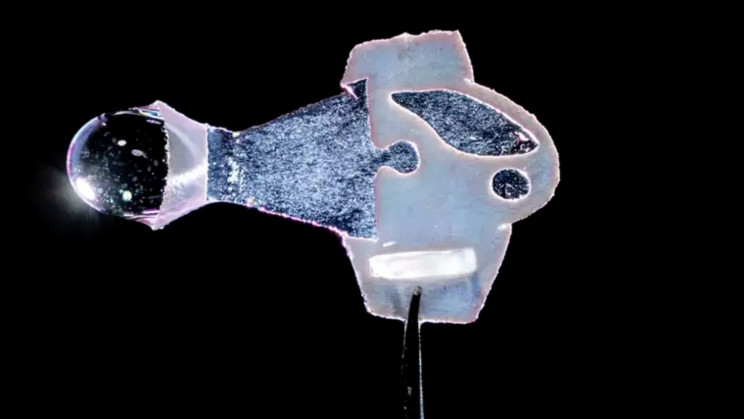Researchers at Harvard University and Emory University created 500 bio-hybrid fish with their tail fins lined with human heart cells. These fish are artificial, but their tail fins have living human heart cells.
Artificial fish swims by recreating the muscle contractions of a pumping heart
School of Robotic fish created with this technique was left unattended for two to three weeks in a lab. But when they opened the incubator, all fish were swimming. They were swimming because the heart cells in their bodies contract and stretch. This contraction and stretch helped their tail fins to move back and forth.
Co-author of the study, Sung-Jin Park, said “We don’t need any external stimulation,”
“They stimulate themselves, they exercise by themselves and they get stronger.”
Building an artificial heart
With this experiment, researchers intend to study the dynamics of human hearts. Using this, now scientists know how lab-grown heart tissue can be designed to maintain a rhythmic beat indefinitely. Insights learned from the research will hopefully allow researchers to investigate cardiac illnesses like arrhythmia. Researchers foresee that the study could lead to better pacemakers or even artificial hearts.
Park said, “Our ultimate goal is to build a [fully functioning] heart, but meanwhile, we’re trying to build a more mature cardiac tissue,”







